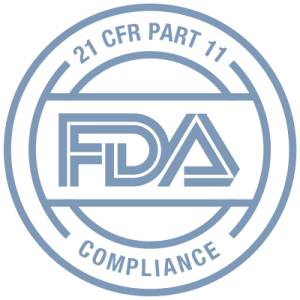
Review Data Integrity and Documentation Consistency
Data Integrity: Ensure all trial data, records, and audit trails meet the ALCOA+ principles (Attributable, Legible, Contemporaneous, Original, Accurate).
Documentation Consistency: Ensure consistency across documents, logs, and records, verifying that each document is complete, signed, and dated appropriately








